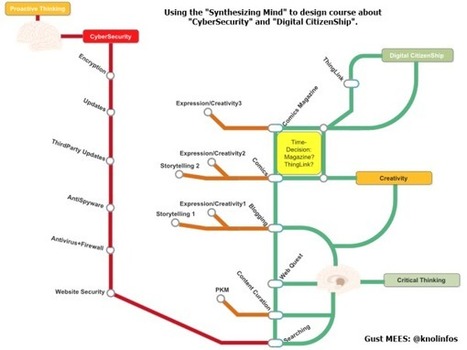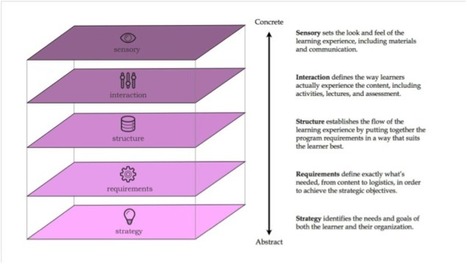Of course, before I share this with you, I also want to remind you that I am quick to embrace and celebrate an ecosystem of diverse schools. What I describe below is neither the best or only way to create an amazing school curriculum. Yet, I can write with confidence that this would certainly contribute to a rich, engaging and rewarding school experience; one that gives ample voice and choice to learners while challenging them to grow in character, competence, confidence, and purpose.
What is Curriculum?
The word “curriculum”, as best as I can tell, comes from the idea of a race course. It is a course of study, a pathway that leads to some destination. Yet, others simply define it in the broadest sense as everything that goes into a student’s learning experience in a formal education program. Traditionally, people thought of the curriculum in terms of content, assessments, resources (like books and other readings), teacher-guided lessons and learning experiences, and the like. Yet, more recently, much conversation about curriculum focuses upon standards, outcomes, resources, and assessments; the items that we frequently see in curriculum maps.
Learn more / En savoir plus / Mehr erfahren:



 Your new post is loading...
Your new post is loading...

















Of course, before I share this with you, I also want to remind you that I am quick to embrace and celebrate an ecosystem of diverse schools. What I describe below is neither the best or only way to create an amazing school curriculum. Yet, I can write with confidence that this would certainly contribute to a rich, engaging and rewarding school experience; one that gives ample voice and choice to learners while challenging them to grow in character, competence, confidence, and purpose.
What is Curriculum?
The word “curriculum”, as best as I can tell, comes from the idea of a race course. It is a course of study, a pathway that leads to some destination. Yet, others simply define it in the broadest sense as everything that goes into a student’s learning experience in a formal education program. Traditionally, people thought of the curriculum in terms of content, assessments, resources (like books and other readings), teacher-guided lessons and learning experiences, and the like. Yet, more recently, much conversation about curriculum focuses upon standards, outcomes, resources, and assessments; the items that we frequently see in curriculum maps.
Learn more / En savoir plus / Mehr erfahren:
https://gustmees.wordpress.com/2016/07/03/reflections-on-a-professional-strategy-for-eskills-eleadership/